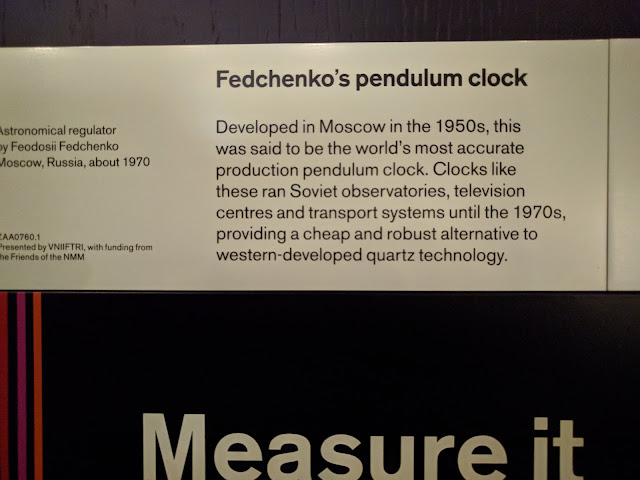Visited the Royal Observatory at Greenwich in London in England on May 20th 2018. The weather was wonderful, neither cold nor hot. It was a short distance from our hotel which was also in Greenwich. Travel is quick and easy in London, thanks to the several under and overground trains.
As I went through this observatory, I was deeply impressed by several things.
1)I was impressed by the rulers of England for encouraging and patronizing the sciences such as astronomy. I do know that a part of this was due to the economical benefits to them (sailors who brought goods from other countries needed help of astronomy for safe travel)
2)The working marriage of theoretical, practical and experimental aspects of the various sciences involved for astronomy.
3)The depth of knowledge of the scientists of those days.
4)And what impressed me the most was that the information in this observatory was written in such a lucid & simple manner, that even non-science or 'arts' background tourists can understand and appreciate it. The information was 'just the right amount' to explain clearly and with sufficient depth.. without becoming 'boring' or 'too much' to the average visitor. I see this amazing information dissemination in all museums I have visited in the UK, USA & Canada. I wish they did that in Indian museums too. In the Vishveshvariah museum of Bangalore for example, there is not much explaining. There are only labels which tell wha the machine is . One feels awed by seeing the things on display but what is the point if you don't understand anything about it?
I am putting up photos of the information put up at this observatory. If I had had access to this high quality information- dissemination in my school days, I would have loved and enjoyed science instead of suffering through school, feeling like a dunce all those years!
The lessons in the 'Karnataka-government-science textbooks' of the 70s gave facts with very little explanations; the teachers did not explain beyond what was in the texts. There was no internet and no libraries in schools then; My parents were pretty ignorant about physics & maths and could not help me; I did not go for 'tutions'. My memory simply refuses to hold facts if the facts don't have a logical explanation of how and why something happens. The teachers would be enraged if asked questions and so most of us simply shut up and sat in classes. Ergo, I grew up a science-hater, waiting to finish tenth standard and escape science!
If you ever visit London and have kids of school age(in a class when they have to study concepts of time, latitude, longitude, etc), you should visit this place.
I do know that, TODAY, the Indian schools following the ICSE and CBSE syllabus, have good text-books and these texts explain the various phenomenon in science pretty well.
Above is the Observatory. There is also plenty of other things to see and do in Greenwich, near the Observatory. One can see and do a lot over two to three days in Greenwich part of London alone. At the Observatory, one can learn the history of finding the longitude and studying time and development of time-keeping or watches, clocks, etc.
Below is the world famous Greenwich PRIME Meridian line, at zero degree longitude, which divides the world into the western and eastern hemispheres. The countries through which the zero degree meridian line runs includes UK of course and France, Spain, Algeria, Mali, Burkina Faso, Tongo and Ghana. The meridian line is imaginary of course but here it's made visible for us with this copper line on earth!


































































No comments:
Post a Comment